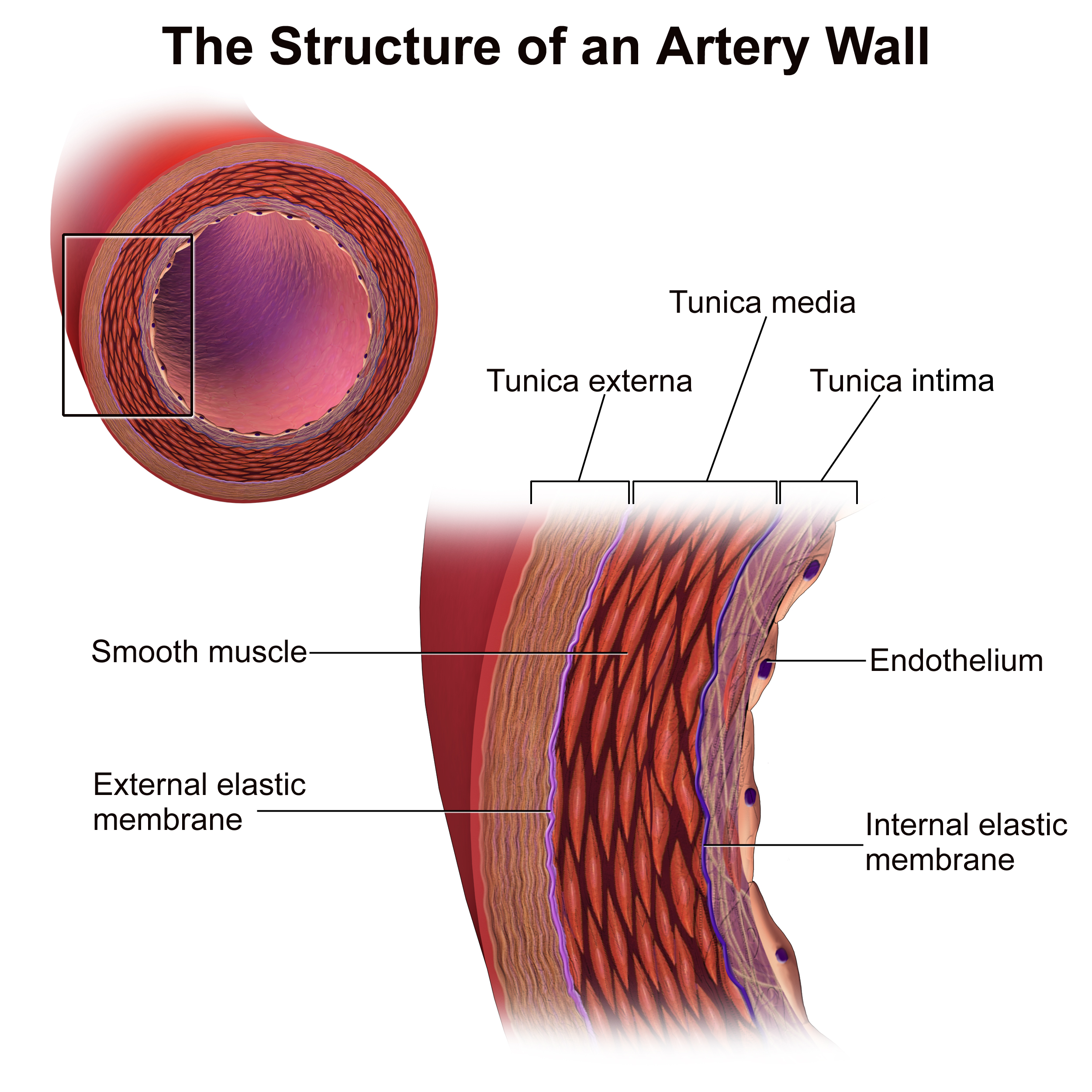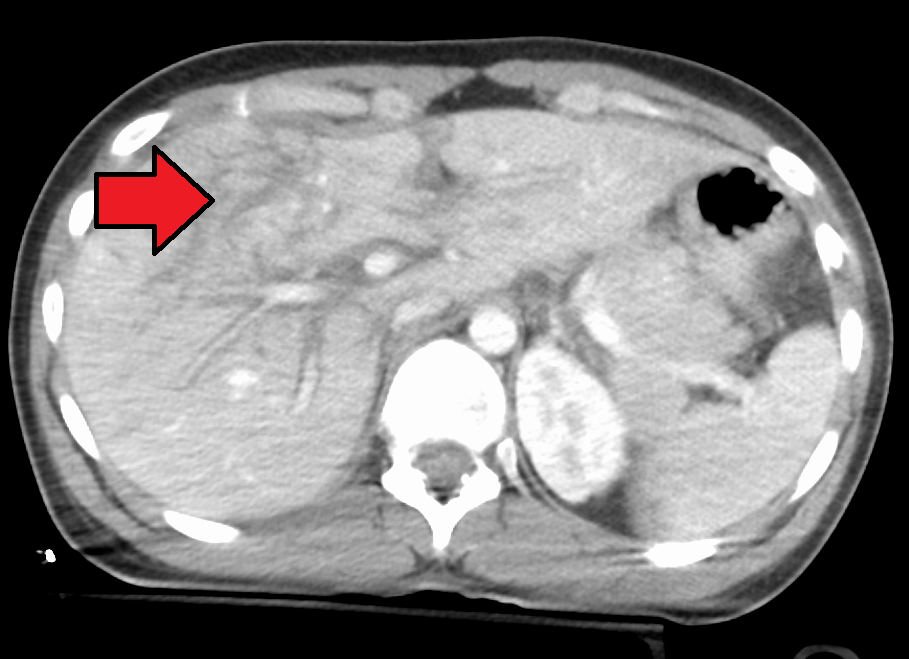|
Hepatic Packing
Perihepatic packing is a surgical procedure used in connection with trauma surgery to the liver. In this procedure the liver is packed to stop non arterial bleeding, most often caused by liver injury. During this surgery laparotomy pads are placed around the bleeding liver. The main purpose of hepatic packing is to prevent the bleeding so trauma triad of death can be avoided. Under- or over-packing of the liver can cause adverse outcomes, and if the bleeding cannot be controlled through this surgical method, the Pringle manoeuvre The Pringle manoeuvre is a surgical technique used in some abdominal operations and in liver trauma. The hepatoduodenal ligament is clamped either with a surgical tool called a haemostat, an umbilical tape or by hand. This limits blood inflow t ... is an alternate technique that can be utilized temporally. References Surgical procedures and techniques {{surgery-stub ... [...More Info...] [...Related Items...] OR: [Wikipedia] [Google] [Baidu] |
Trauma Surgery
Trauma surgery is a surgical specialty that utilizes both operative and non-operative management to treat traumatic injuries, typically in an acute setting. Trauma surgeons generally complete residency training in general surgery and often fellowship training in trauma or surgical critical care. The trauma surgeon is responsible for initially resuscitating and stabilizing and later evaluating and managing the patient. The attending trauma surgeon also leads the trauma team, which typically includes nurses and support staff, as well as resident physicians in teaching hospitals. Training Most United States trauma surgeons practice in larger centers and complete a 1- to 2-year trauma-surgery fellowship, which often includes a surgical critical-care fellowship. They may therefore sit for the American Board of Surgery (ABS) certifying examination in surgical critical care. National surgical boards usually supervise European training programs; they also certify for subspecia ... [...More Info...] [...Related Items...] OR: [Wikipedia] [Google] [Baidu] |
Liver
The liver is a major metabolic organ (anatomy), organ exclusively found in vertebrates, which performs many essential biological Function (biology), functions such as detoxification of the organism, and the Protein biosynthesis, synthesis of various proteins and various other Biochemistry, biochemicals necessary for digestion and growth. In humans, it is located in the quadrants and regions of abdomen, right upper quadrant of the abdomen, below the thoracic diaphragm, diaphragm and mostly shielded by the lower right rib cage. Its other metabolic roles include carbohydrate metabolism, the production of a number of hormones, conversion and storage of nutrients such as glucose and glycogen, and the decomposition of red blood cells. Anatomical and medical terminology often use the prefix List of medical roots, suffixes and prefixes#H, ''hepat-'' from ἡπατο-, from the Greek language, Greek word for liver, such as hepatology, and hepatitis The liver is also an accessory digestive ... [...More Info...] [...Related Items...] OR: [Wikipedia] [Google] [Baidu] |
Artery
An artery () is a blood vessel in humans and most other animals that takes oxygenated blood away from the heart in the systemic circulation to one or more parts of the body. Exceptions that carry deoxygenated blood are the pulmonary arteries in the pulmonary circulation that carry blood to the lungs for oxygenation, and the umbilical arteries in the fetal circulation that carry deoxygenated blood to the placenta. It consists of a multi-layered artery wall wrapped into a tube-shaped channel. Arteries contrast with veins, which carry deoxygenated blood back towards the heart; or in the pulmonary and fetal circulations carry oxygenated blood to the lungs and fetus respectively. Structure The anatomy of arteries can be separated into gross anatomy, at the macroscopic scale, macroscopic level, and histology, microanatomy, which must be studied with a microscope. The arterial system of the human body is divided into systemic circulation, systemic arteries, carrying blood from the ... [...More Info...] [...Related Items...] OR: [Wikipedia] [Google] [Baidu] |
Liver Injury
A liver injury, also known as liver laceration, is some form of trauma (medicine), trauma sustained to the liver. This can occur through either a blunt trauma, blunt force such as a car accident, or a penetrating trauma, penetrating foreign object such as a knife. Liver injuries constitute 5% of all traumas, making it the most common abdominal injury. Generally nonoperative management and observation is all that is required for a full recovery. Cause Given its anterior position in the abdominal cavity and its large size, the liver is prone to ballistic trauma, gun shot wounds and stab wounds. Its firm location under the diaphragm also makes it especially prone to shearing forces. Common causes of this type of injury are blunt force mechanisms such as motor vehicle accidents, falls, and sports injury, sports injuries. Typically these blunt forces dissipate through and around the structure of the liver and causes irreparable damage to the internal microarchitecture of the tissue. Wi ... [...More Info...] [...Related Items...] OR: [Wikipedia] [Google] [Baidu] |
Trauma Triad Of Death
The trauma triad of death is a medical term describing the combination of hypothermia, acidosis, and coagulopathy. This combination is commonly seen in patients who have sustained severe traumatic injuries and results in a significant rise in the mortality rate. Commonly, when someone presents with these signs, damage control surgery is employed to reverse the effects. The three conditions share a complex relationship; each factor can compound the others, resulting in high mortality if this positive feedback loop continues uninterrupted. Severe bleeding in trauma diminishes oxygen delivery, and may lead to hypothermia. This in turn can halt the coagulation cascade, preventing blood from clotting. In the absence of blood-bound oxygen and nutrients (hypoperfusion), the body's cells burn glucose anaerobically for energy, causing the release of lactic acid, ketone bodies, and other acidic compounds into the blood stream, which lower the blood's pH, leading to metabolic acidosis ... [...More Info...] [...Related Items...] OR: [Wikipedia] [Google] [Baidu] |
Pringle Manoeuvre
The Pringle manoeuvre is a surgical technique used in some abdominal operations and in liver trauma. The hepatoduodenal ligament is clamped either with a surgical tool called a haemostat, an umbilical tape or by hand. This limits blood inflow through the hepatic artery and the portal vein, controlling bleeding from the liver. It was first published by and named after James Hogarth Pringle in 1908. Uses The Pringle manoeuvre is used during liver surgery and in some cases of severe liver trauma to minimize blood loss. For short durations of use, it is very effective at reducing intraoperative blood loss. The Pringle manoeuvre is applied during closure of a vena cava injury when an atriocaval shunt is placed. Limits The Pringle manoeuvre is more effective in preventing blood loss during liver surgery if central venous pressure is maintained at 5 mmHg or lower. This is due to the fact that Pringle manoeuver technique aims at controlling the blood inflow into the liver, havin ... [...More Info...] [...Related Items...] OR: [Wikipedia] [Google] [Baidu] |
The Surgical Clinics Of North America
''The'' is a grammatical article in English, denoting nouns that are already or about to be mentioned, under discussion, implied or otherwise presumed familiar to listeners, readers, or speakers. It is the definite article in English. ''The'' is the most frequently used word in the English language; studies and analyses of texts have found it to account for seven percent of all printed English-language words. It is derived from gendered articles in Old English which combined in Middle English and now has a single form used with nouns of any gender. The word can be used with both singular and plural nouns, and with a noun that starts with any letter. This is different from many other languages, which have different forms of the definite article for different genders or numbers. Pronunciation In most dialects, "the" is pronounced as (with the voiced dental fricative followed by a schwa) when followed by a consonant sound, and as (homophone of the archaic pronoun ''thee' ... [...More Info...] [...Related Items...] OR: [Wikipedia] [Google] [Baidu] |


